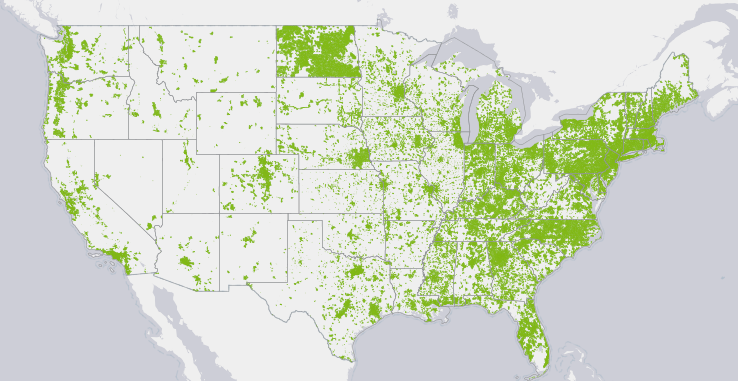When it was announced that the impending Xbox One would require a constant broadband connection, a backlash from consumers was met with a rather glib response from the head of Xbox: Don’t buy it.
“Fortunately we have a product for people who aren’t able to get some form of connectivity,” Microsoft Interactive Entertainment Chief Don Mattrick recently told GT TV. “It’s called Xbox 360.”
Surely Mattrick thought he was being matter-of-fact with these comments, but they probably sounded tone deaf to the millions Americans who cannot access a broadband connection, whether due to a lack of infrastructure or the higher costs associated with high-speed Internet.
“Broadband has gone from being a luxury to a necessity for full participation in our economy and society – for all Americans,” reads a report from the FCC, detailing ongoing efforts to extend high-speed Internet to regions of the country where it is still not available.
Though access to high-speed Internet may seem ubiquitous, as of last year, only 196.7 million Americans had access to and were using high-speed connections. That’s just 62 percent of the entire population. According to the FCC, 119 million Americans still aren’t accessing broadband, either because they don’t want to, they can’t afford it, or—as is the case for 19 million Americans—it’s simply not available.
Photo via National Broadband Map
America ranks 15th in the world when it comes to high-speed Internet adoption, according to tech blog Gigaom. The overall usage rate in the U.S. lags well behind countries like the U.K., Germany and South Korea. That’s one of the reasons why President Obama recently announced a plan to connect 99 percent of America’s students through high-speed broadband within five years.
What’s telling about the 6 percent of Americans who lack even the option of high-speed Internet is where they live. The vast majority, 14.5 million, live in rural parts of the country. That’s about one out of every four citizens living in rural areas. Disproportionately affected are Native Americans living in tribal territories, where a third of the population lacks access.
The FCC, as well as many state governments, have launched initiatives to help expand high-speed infrastructure to these more remote parts of the country, but for many who lack access, it’s price—not availability—that’s keeping them offline.
When stacked up against other industrialized nations, Americans are paying more and getting less for their broadband providers. Average broadband speed in the U.S. is 6.6 Mbps, ranking the U.S. ninth globally, behind countries like Latvia and the Czech Republic. But on average, Americans pay $528 a year for standalone service. At these rates, the U.S. ranked 21st out of 33 countries for the affordability of prices being paid for Internet at speeds in between 5 and 15 Mbps.
Xbox One, with it’s $500 price tag, is hardly the main reason why federal and state lawmakers are pushing for expanded access to high-speed Internet. Outgoing FCC Chair Julius Genachowski has said that universal high-speed access is critical for competing in the modern economy, supporting recently introduced legislation that would allow the federal government to subsidize broadband for low-income users, much in the same way it currently does for telephone service.
“[T]oday, broadband is essential for finding jobs, allowing children to do their homework, communicating in times of emergency, and accessing vital health information,” Genachowski said.
Illustration by Fernando Alfonso III



